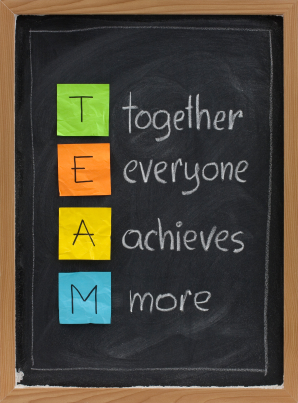Dananjaya Hettiarachchi, the winner of the World Championship of Public Speaking 2014 organized by Toastmaster International, interviewed by Richard Feloni for The Business Insider Australia, suggests 5 tips for novice public speakers.
Tip 1: Always start with a message. A common mistake is to start with a topic, instead a speech should begin with a message, as concise as possible. This message is whatever you want your audience to be thinking about when your presentations concludes.
Tip 2: Be confident enough to yourself. You need to sell yourself before to sell your message, the way to do that is to be genuine. A speech should be conversational, not theatrical. The only way to go in front of an audience and to present in a way that isn’t simply miming is to practice again and again, pretending (if need be) that you’re talking to a room full of your closest friends.
Tip 3: See yourself through your audience’s eyes. Speakers tend to become wrapped up in themselves, which may just be because they’re afraid to acknowledge a room full of listeners. But if you’re going to speak, you need to realise that you’re doing it for the benefit of others, not yourself.
Tip 4: Have a forum to practice. Eighty per cent of the path to becoming a great speaker is trial and error and the only way to learn is by speaking in front of an audience that will give honest feedback.
Tip 5: Find the right coach or mentor. You should find someone willing to help you grow as a public speaker. This does not need to be someone who can teach you advanced speaking techniques; they just need to be someone who gives you permission to explore possibilities, who gives you permission to fail.
Read here the full article
Image: flickr – Brian Talbot – (CC BY – NC 2.0)








Recent Comments